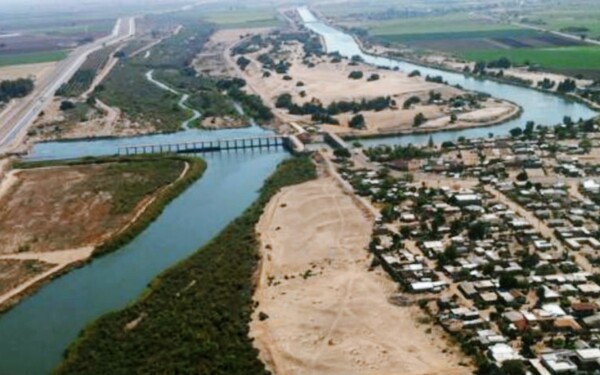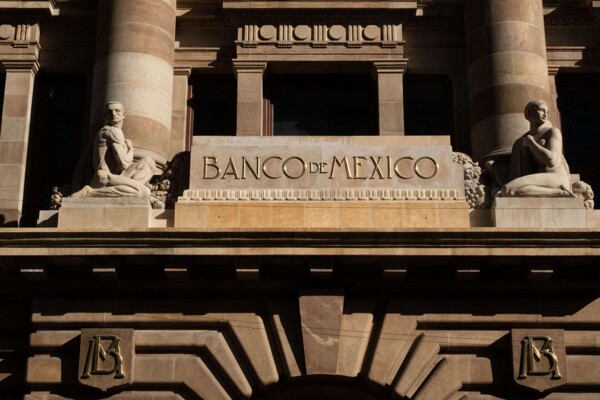
In 2023, according to a report published in the Economic Journal of Latin America and the Caribbean (LACER) by the World Bank, it was noted that 12 countries in Latin America and the Caribbean were among the top 50 in a crime score index, alongside nations like Myanmar, the Democratic Republic of the Congo, Nigeria, South Africa, Russia, and Italy. Colombia, Mexico, and Paraguay lead the list of these Latin American countries with a crime level above 7 points on a scale from 0 to 10, where higher scores indicate more criminal activity.
The document highlights that Mexico is the country with the most presence in 13 of the 15 illicit markets among the top 20 countries, followed by Brazil and Colombia. The report raises concerns about the economic growth of Mexico and Latin America for 2025, with projections from the World Bank indicating a growth of 2.1 percent in 2025 and 2.4 percent in 2026 for the region, making it the lowest growth worldwide.
Regarding Mexico, it is estimated that GDP will remain with zero growth in 2025. The report identifies multiple impediments to regional development, citing uncertainty about property rights, extortion, insecurity, the economic costs of violence, the diversion of resources from sectors like health and education to public safety, among others.
Among the factors contributing to organized crime development is the global demand for illegal goods, government repressive actions that have disrupted criminal networks, and the impact of the COVID-19 pandemic. According to the GI-TOC, a global initiative against transnational organized crime, the organized crime index places Colombia, Mexico, and Paraguay in the Top 3. William Maloney, chief economist for Latin America and the Caribbean at the World Bank, highlights that addressing this issue is crucial to prevent it from becoming a permanent burden on growth by weakening governance, distorting investment, and exacerbating inequality.













